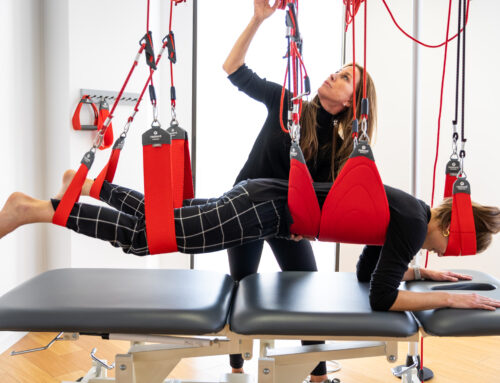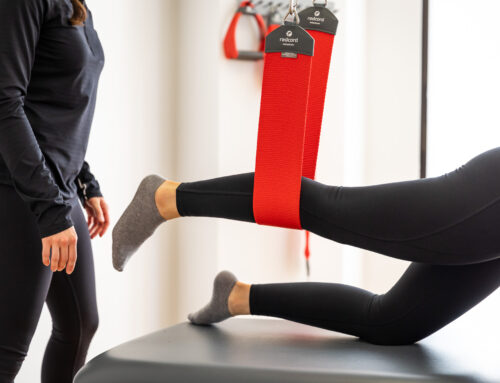Closed–kinetic chain resistance training (CKCRT) of the lower body is superior to open–kinetic chain resistance training (OKCRT) to improve performance parameters (e.g., vertical jump), but the effects of upper-body CKCRT on throwing performance remain unknown. This study compared shoulder strength, power, and throwing velocity changes in athletes training the upper body exclusively with either CKCRT (using a system of ropes and slings) or OKCRT. Fourteen female National Collegiate Athletic Association Division I softball player volunteers were blocked and randomly placed into two roups: CKCRT and OKCRT. Blocking ensured the same number of veteran players and rookies in each training group. Training occurred three times weekly for 12 weeks during the team’s supervised off-season program. Olympic, lower-body, core training, and upper-body intensity and volume in OKCRT and CKCRT were equalized between groups. Criterion variables pre- and posttraining included throwing velocity, bench press one-repetition maximum (1RM), dynamic single-leg balance, and isokinetic peak torque and power (PWR) (at 180!!s21) for shoulder flexion, extension, internal rotation, and external rotation (ER). The CKCRT group significantly improved throwing velocity by 2.0 mph (3.4%, p , 0.05), and the OKCRT group improved 0.3 mph (0.5%, NS). A significant interaction was observed (p , 0.05). The CKCRT group improved its 1RM bench press to the same degree (1.9 kg) as the OKCRT group (p , 0.05 within each group). The CKCRT group improved all measures of shoulder strength and power, whereas OKCRT conferred little change in shoulder torque and power scores. Although throwing is an open-chain movement, adaptations from CKCRT may confer benefits to subsequent performance. Strength coaches can incorporate upper-body CKCRT without sacrificing gains in maximal strength or performance criteria associated with an athletic open-chain movement such as throwing.
KEY WORDS resistance training, open–kinetic chain, shoulder peak torque, shoulder power





